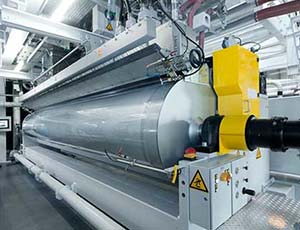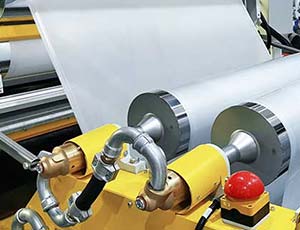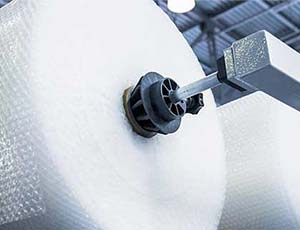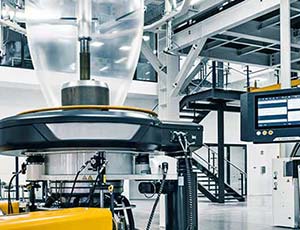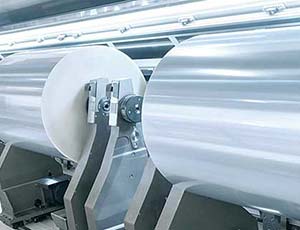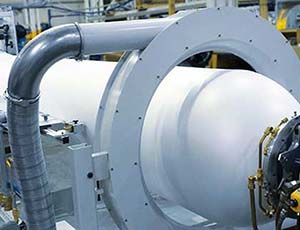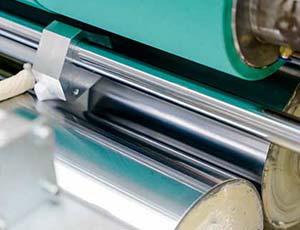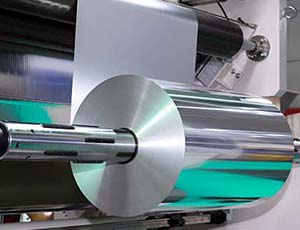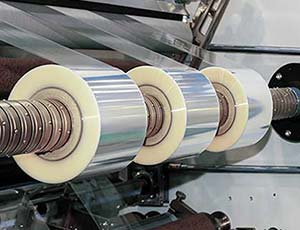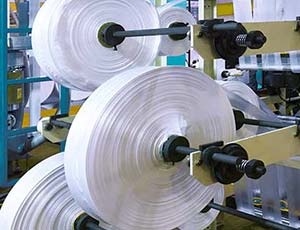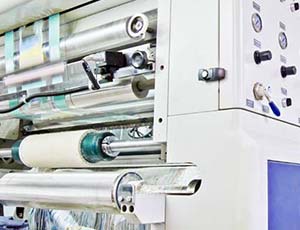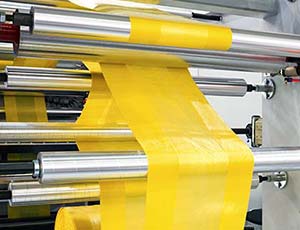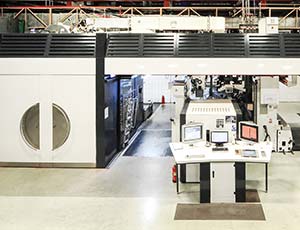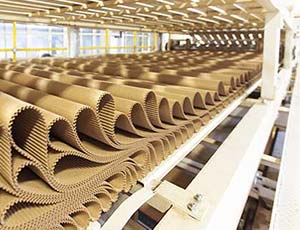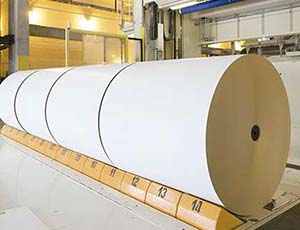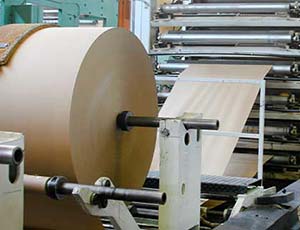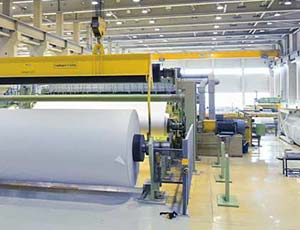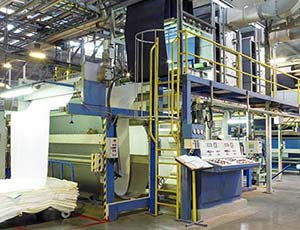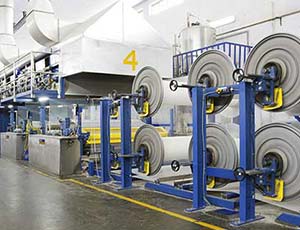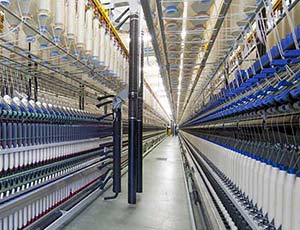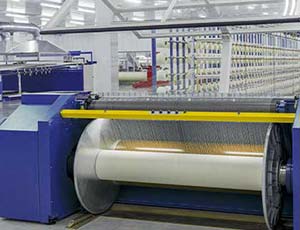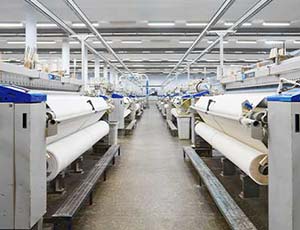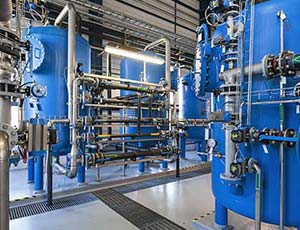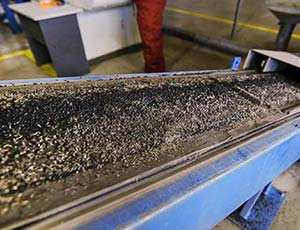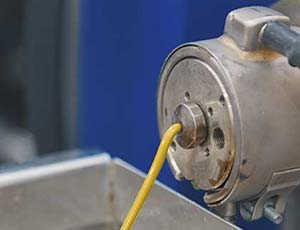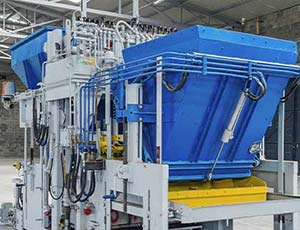. Second-hand machines
Recycling Plants PET/PP/PE
The first phase in PET/PP/PE Recycling Plants concerns the selection of waste, which travels on high-speed belts with large puffs of air that make a first selection, separating light wrappers from the heaviest ones. A mechanical sorting takes place, introducing the materials into a rotating screen which separates the families of plastics according to their size.
Optical readers then intervene and make a second separation based on the polymers present in the product to be recycled and on any colours. In a second phase of the process, however, operators manually sort that small part of waste that the machines cannot separate automatically.
After the manual removal of any possible unsuitable plastic materials, the materials are ready to pass under a press that will generate packaging of different colours. In the case of PET, for example, it differs according to 3 different colors: colored, light blue, transparent. In addition to these, high-intensity polyethylene (mainly given by detergent drums and related bottles) and low-density polyethylene (obtained from various shopping bags and shoppers) also end up in the press.
At the end of the separation phase, we move on to the real recycling plant: the waste passes into an enormous washing machine that takes care of washing, separating, spinning and grinding the plastics, reducing it into chips and flakes.
At the end of the process, it is normal that a plastic part is not recyclable, and therefore constitutes the waste material that cannot be used. The unusable waste ends up in the waste-to-energy plants and forms the basis for energy recovery.





